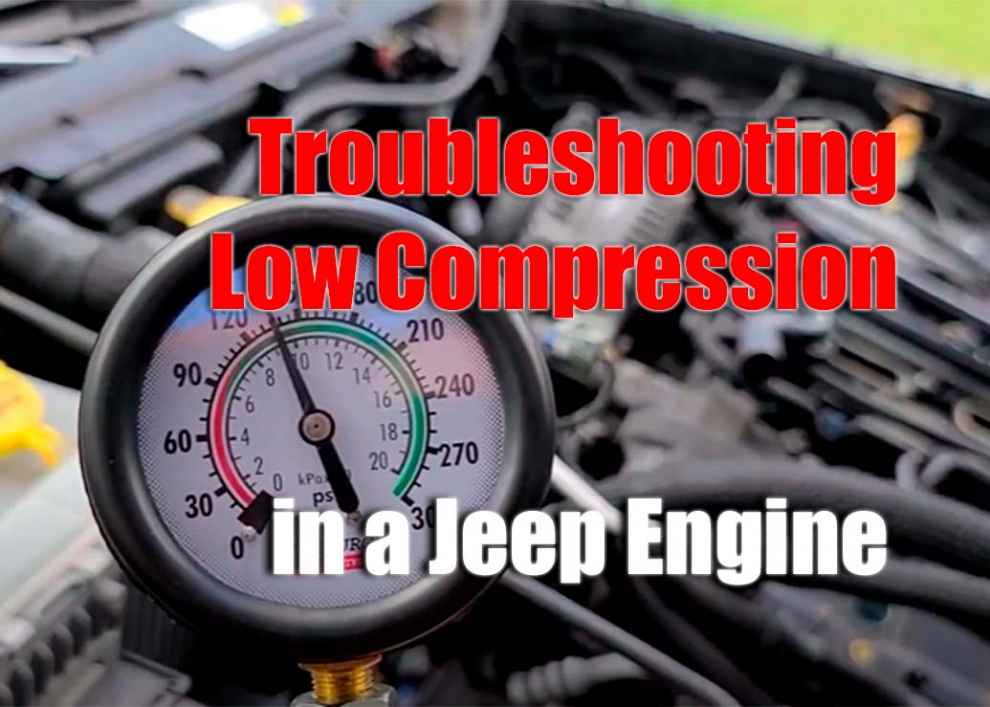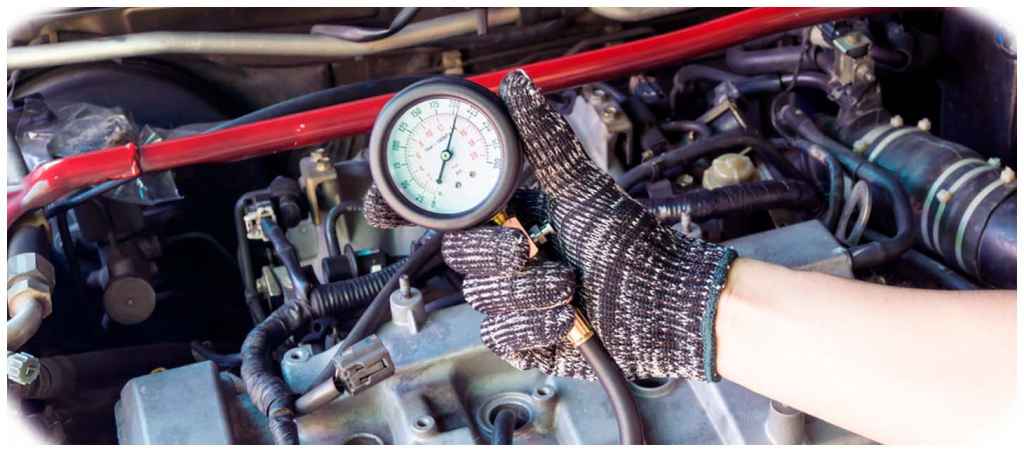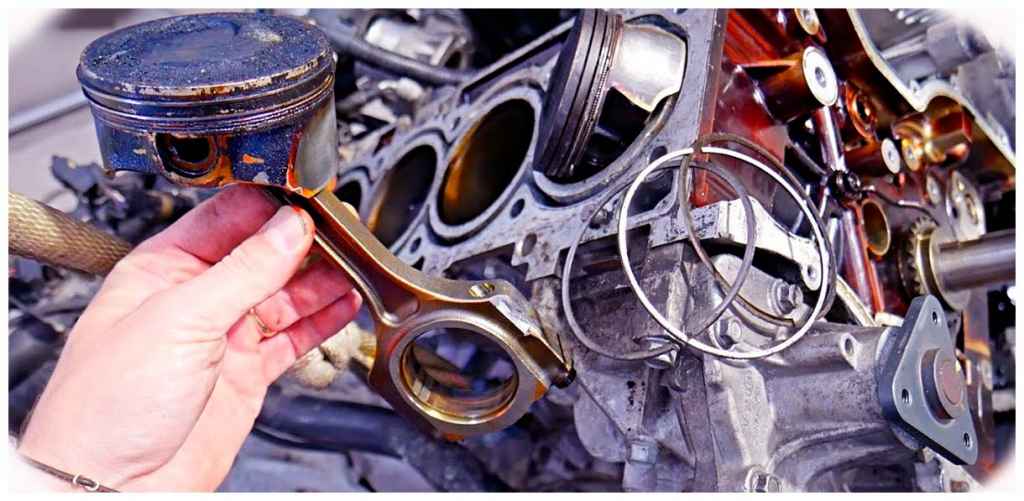Low compression in a Jeep Wrangler engine can indicate several issues, from worn-out piston rings to bad spark plugs. To properly diagnose and repair the problem, it is important to understand what is causing the low compression. This article will cover the steps for identifying bad cylinders, replacing piston rings, as well as other considerations for troubleshooting and repairing low compression in a Jeep Wrangler engine.
Identifying Bad Cylinders
The first step in diagnosing low compression in a Jeep Wrangler engine is identifying bad cylinders. This can be done by checking the spark plug reading with a cylinder pressure tester. The readings should be within range of each other and no more than 10% off the rest of the readings if all cylinders are healthy. If there are any variations outside of this range, then this could indicate that one or more cylinders are not firing properly or that there is an issue with their pistons. Bad cylinders will cause low compression and should be identified before proceeding with further diagnosis and repair.
Replacing Piston Rings
If bad cylinders have been identified, then replacing piston rings may be necessary to restore proper engine compression levels. This process involves removing the cylinder head and inspecting all the pistons for excessive wear or damage. If any pistons are found to be damaged, then the rings should be replaced with new ones. This can be a difficult and time-consuming process, especially if multiple cylinders need to be replaced.
Other Considerations for Troubleshooting and Repairing Low Compression
In addition to replacing piston rings, other considerations need to be considered when diagnosing and repairing low compression in a Jeep Wrangler engine. These include checking for air leaks around the valves or gaskets, inspecting spark plugs for fouling or damage, and ensuring that timing is set correctly. Additionally, it is important to ensure that oil levels are at their proper levels, as this can cause low compression in an engine if they become too low.
Conclusion
Low compression in a Jeep Wrangler engine can lead to several issues that must be properly identified and repaired to ensure proper vehicle performance. The first step is identifying any bad cylinders by checking with a cylinder pressure tester; if any variations outside the normal range are found, then replacing piston rings may be necessary. Other considerations must also be considered, such as checking air leaks around the valves or gaskets, inspecting spark plugs for fouling or damage, and ensuring that timing is set correctly. Finally, it is important to ensure that oil levels are at their proper levels, as this can also cause low compression in an engine if they become too low. All these steps will help ensure that the issue of low compression in a Jeep Wrangler engine can be properly diagnosed and repaired.



Add Comment